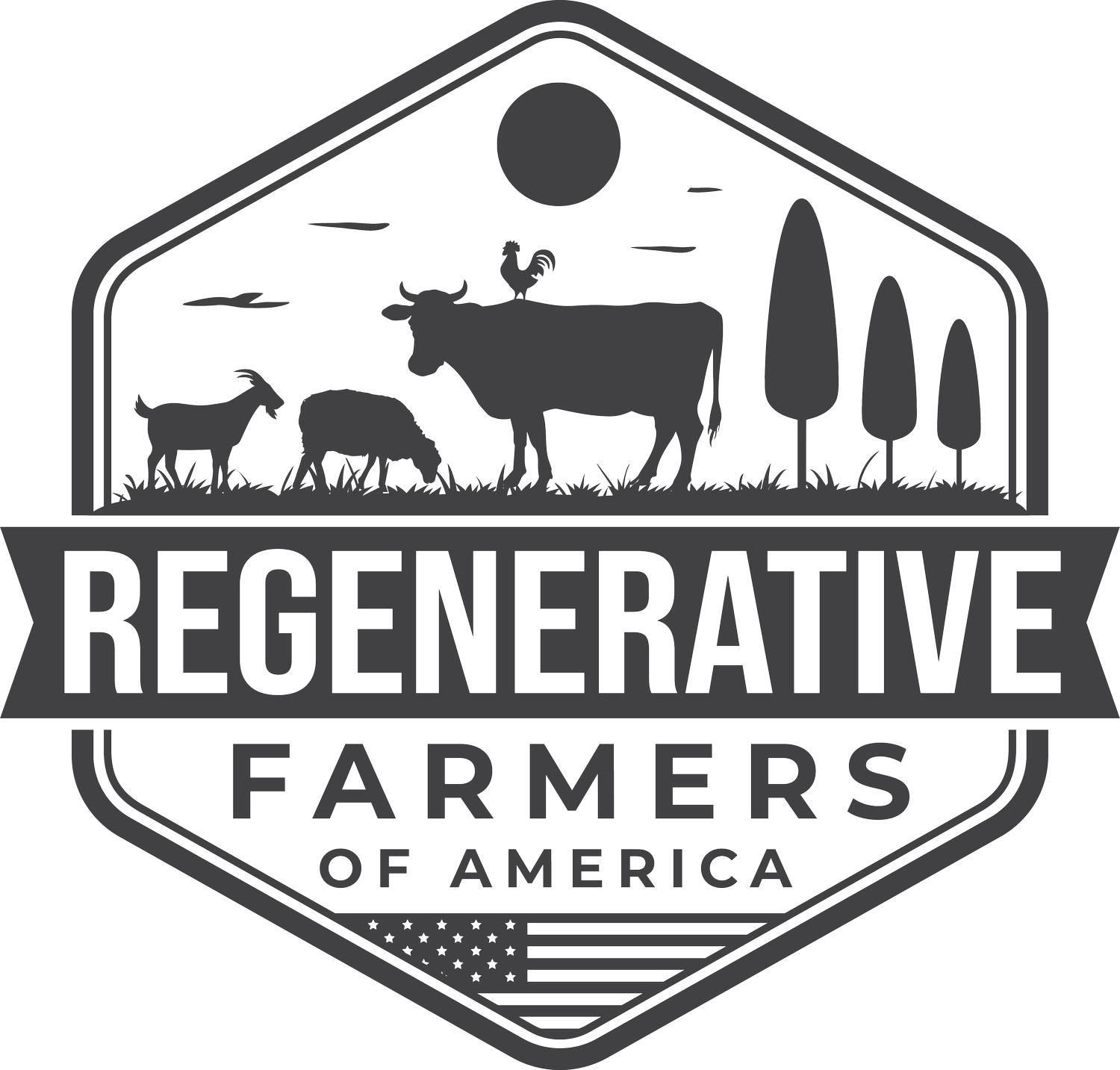Regenerative Practices you can use on a small farm or backyard.
Before we get started, Regenerative agriculture is important because it focuses on creating sustainable farming systems that are beneficial for both people and the planet. It helps to address many of the challenges facing modern agriculture, including climate change, soil degradation, reduced chemical inputs, and food insecurity. Regenerative practices improve soil health, increase biodiversity, reduce water use and waste, and provide opportunities for local economic development. By using regenerative practices on a small scale, you can make a positive impact on your local food source, and community, and contribute to a more sustainable future for all.
No-till gardening:
No-till gardening is a technique where crops are planted without disturbing the soil. Instead of tilling, a layer of mulch is added to the surface to suppress weeds and retain moisture. This practice improves soil health by increasing organic matter, reducing erosion, and increasing water retention. Additionally, it reduces the need for chemical fertilizers and pesticides, making it a more sustainable and cost-effective method of gardening.
This method is very easy to implement on small scale so it’s perfect for small farms or backyards as you can build up extremely nutrient-rich soil fast and grow an amazing garden!Rotational grazing:
Rotational grazing with poultry or small ruminants can have huge positive impacts even in a small space. Rotational grazing involves moving animals from one pasture to another, allowing the land to rest and regenerate, this can be done on fractions of an acre to millions of acres. It just depends on your land size and how many animals you have. This practice improves soil health by increasing organic matter, reducing soil erosion, and promoting plant diversity. If you have a larger space, you can rotationally graze with small ruminants like goats or sheep can also provide additional benefits, such as natural weed control and fertilizer. We always recommend starting with a small flock or herd, observing grazing through the year, and then adding based on your results. It’s important to remember that grazing block sizes will not always be the same. In summer there is more forage and in winter animals need more calories so they will consume faster. Adjust your pastures as needed.
Composting:
Composting is the process of breaking down organic matter into a nutrient-rich soil amendment. This practice improves soil health by adding organic matter, increasing soil biodiversity, and reducing the need for chemical fertilizers. It can be done at home using kitchen scraps and yard waste or on a larger scale using animal waste and other organic materials. Composting also helps to reduce waste and greenhouse gas emissions, making it a more sustainable and eco-friendly method of waste management.
Compost bins are easy to start and also a great way to incorporate poultry, as they love compost and can help break down food waste and turn it into rich soil for your garden.Using perennial plants:
Perennial plants are plants that live for more than two years and do not need to be replanted every year. They provide many benefits to a regenerative farming system since their roots stay in the soil all year around. Benefits include improving soil health, reducing erosion, and providing habitat for beneficial insects and wildlife. Perennial plants also require less water and fertilizer than annual crops, making them a more sustainable choice as well as being easier to maintain. Additionally, they provide a reliable source of food and can help to create a more diverse and resilient ecosystem.
Companion planting:
Companion planting simply put is putting plants beside each other that benefit each other. Many farmers plant pollinator flowers near vegetable gardens to attract bees to pollinate their vegetables. Theres thousands of combinations from grasses to trees and everything in between. Learn more about your zone, and what thrives naturally, and build a resilient mini ecosystem that’s low maintenance in your backyard!
Adding food forest-style trees for food and shade:
A food forest is a gardening technique that mimics a natural forest ecosystem, with layers of plants and trees that provide food, shade, and habitat for wildlife. Adding trees to a regenerative small farm or backyard can provide many benefits, including reducing soil erosion, improving soil health, adding shade cover for animals, increased fodder for humans and animals, and increasing biodiversity. Think about your layout before you put trees in the ground. There’s many ways trees can be added to drop fruits and nuts for livestock or wildlife as well as making them accessible to harvest!
There’s so many more ways to make an awesome impact! Check out our Youtube channel for tons of resources and ways to have an impact even on a small footprint!.






